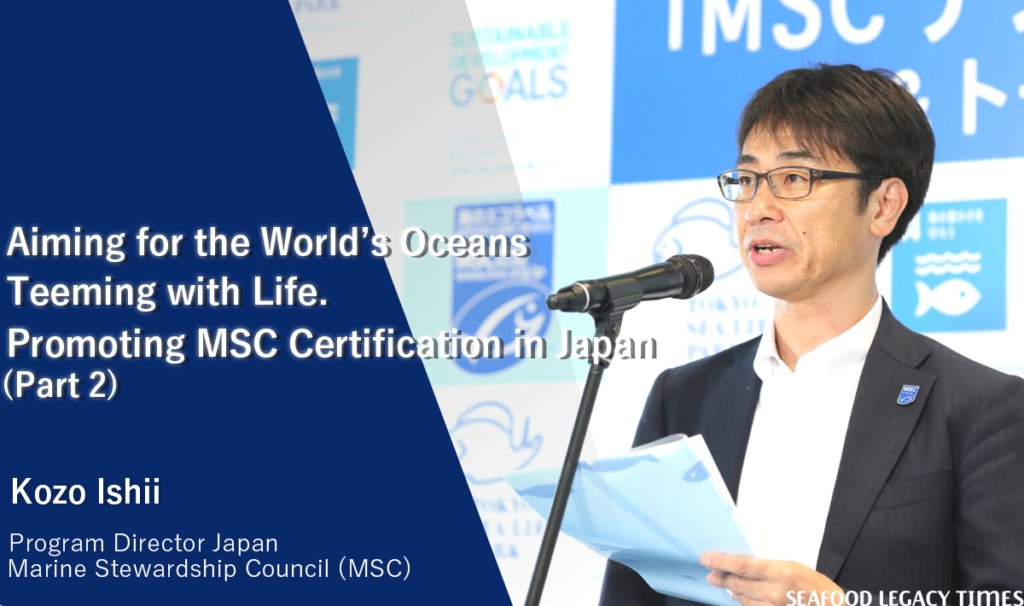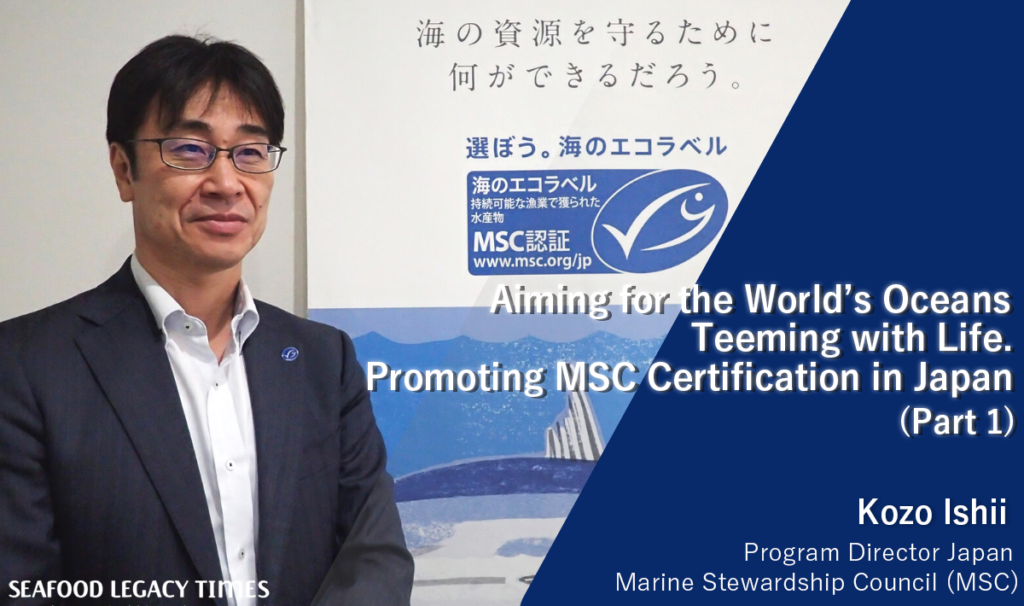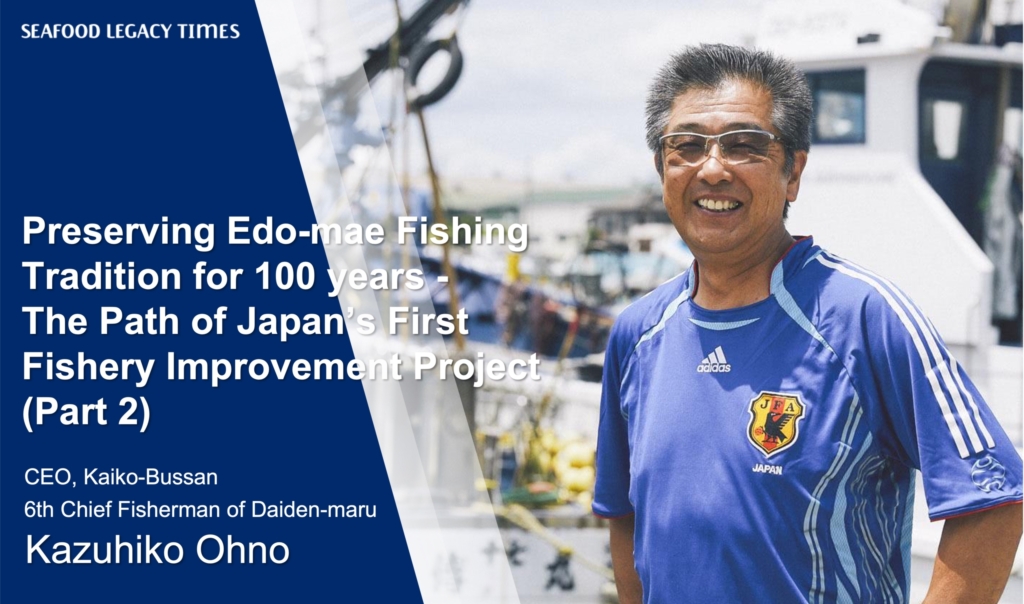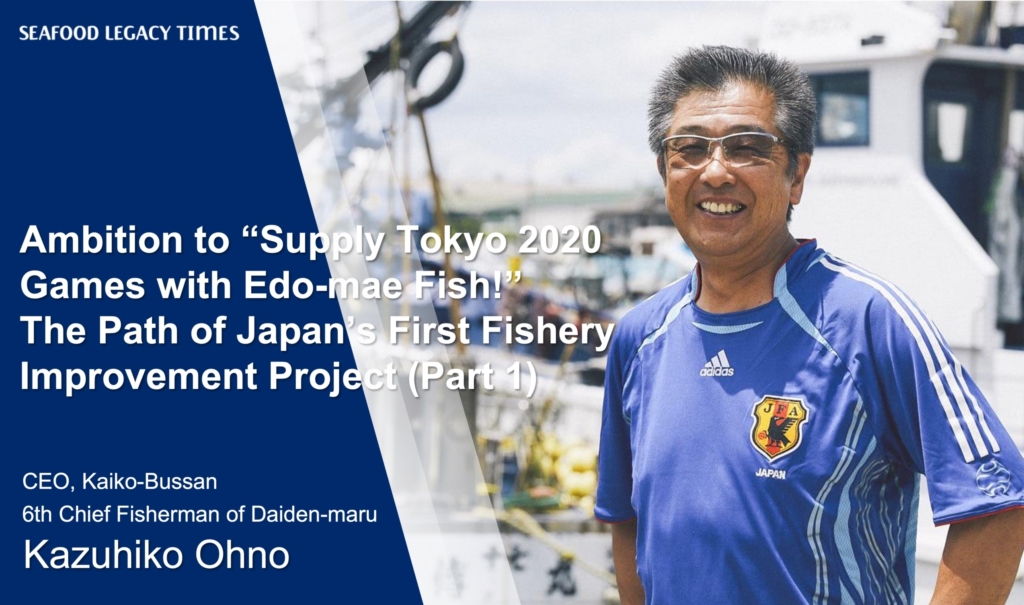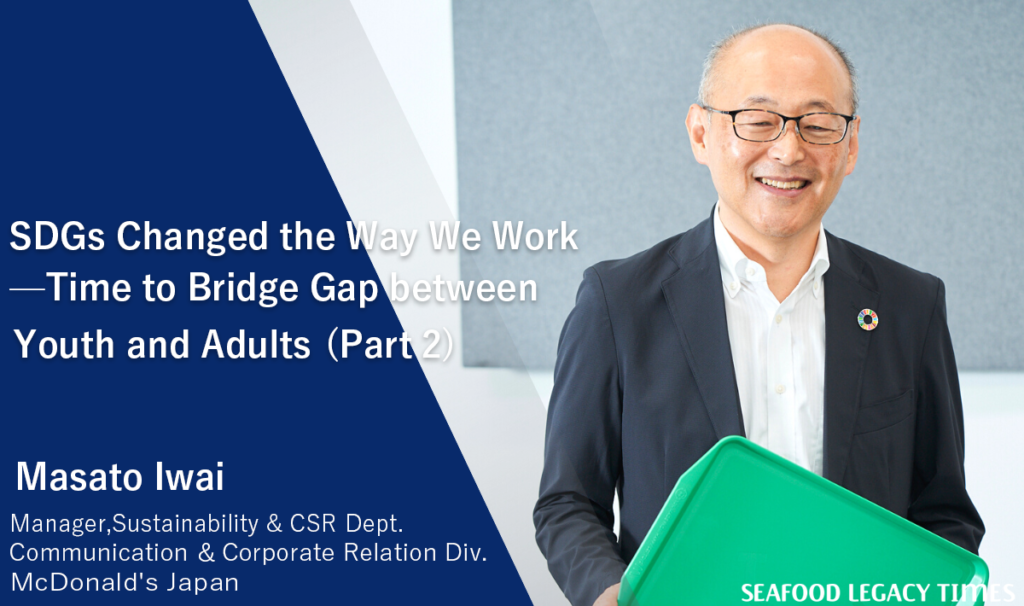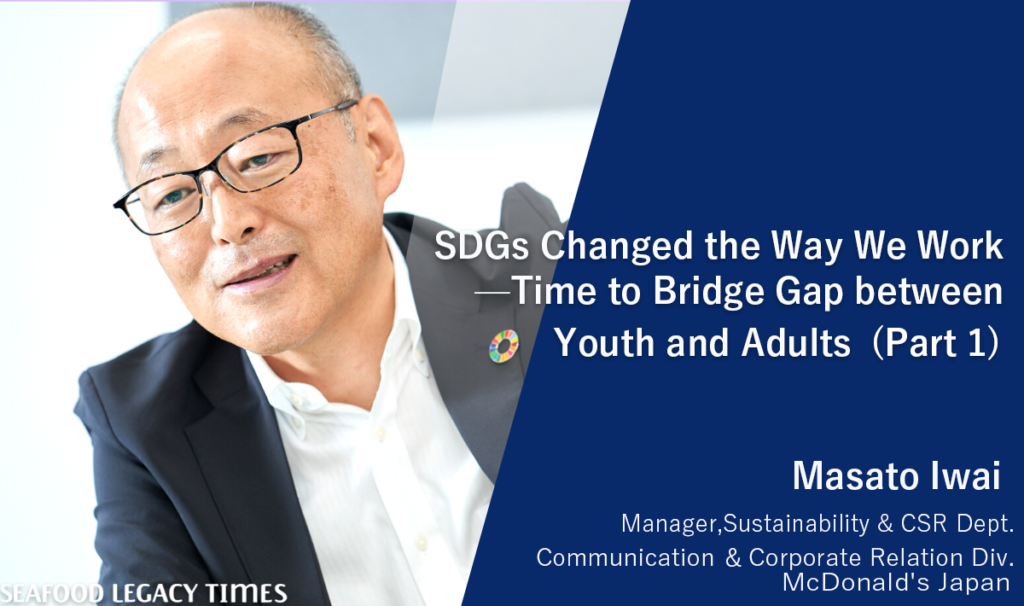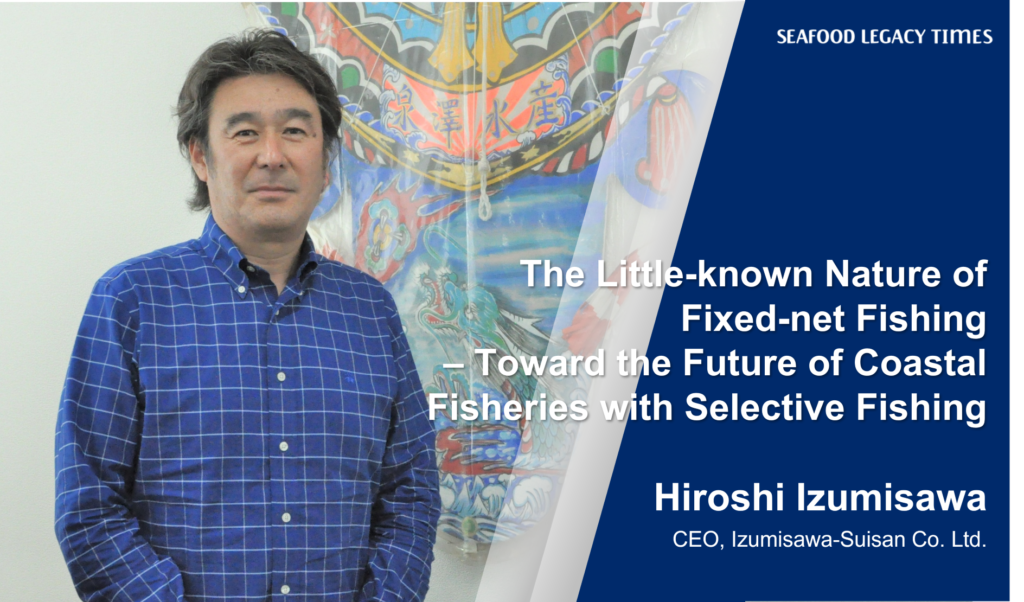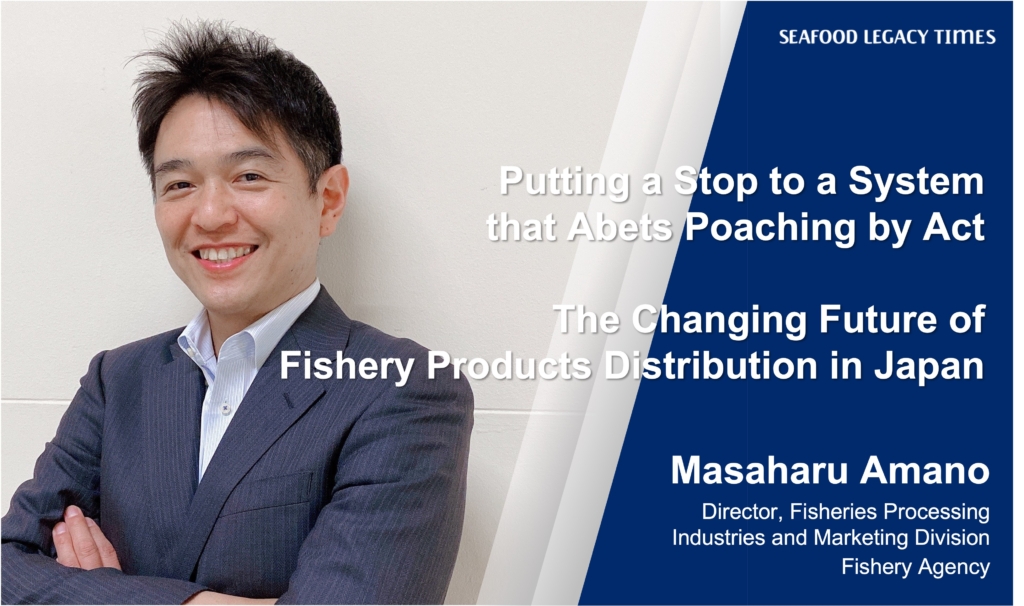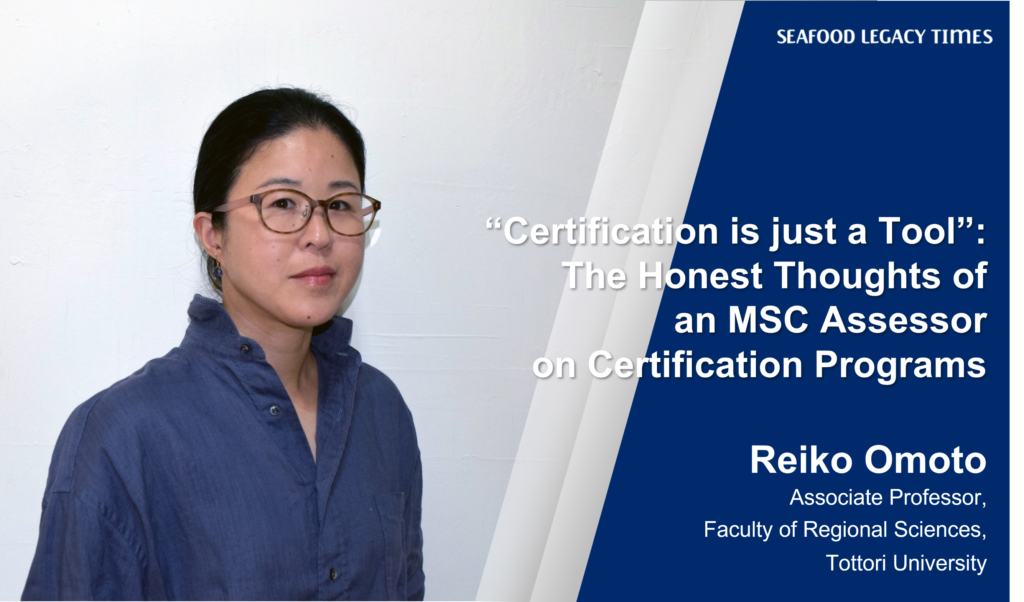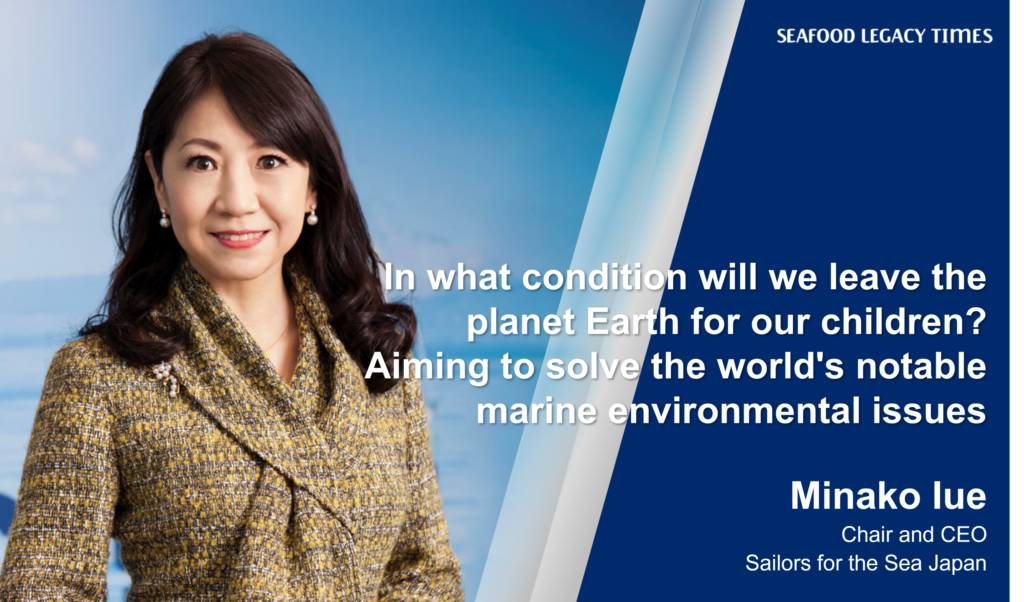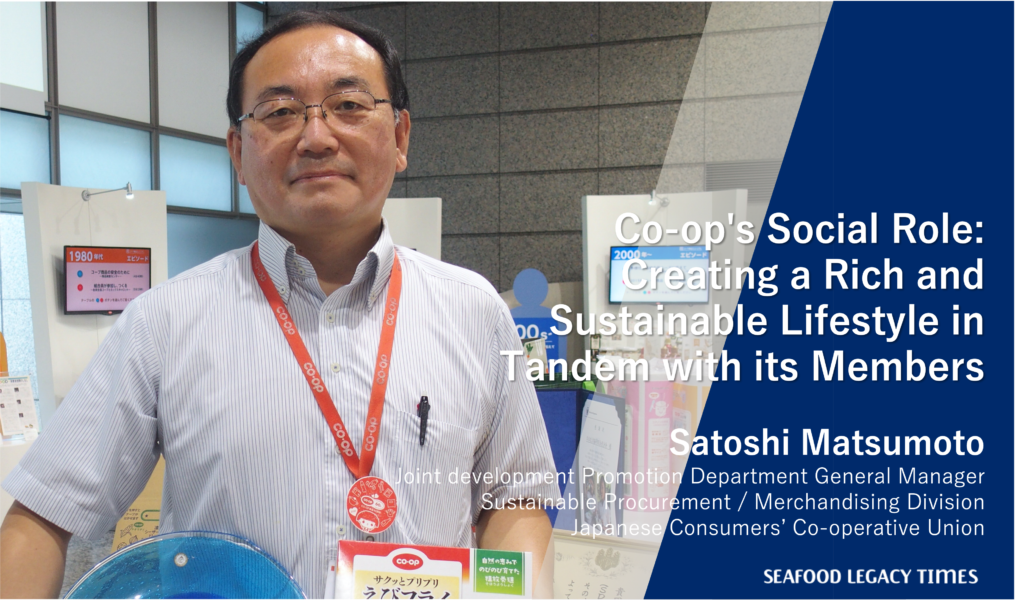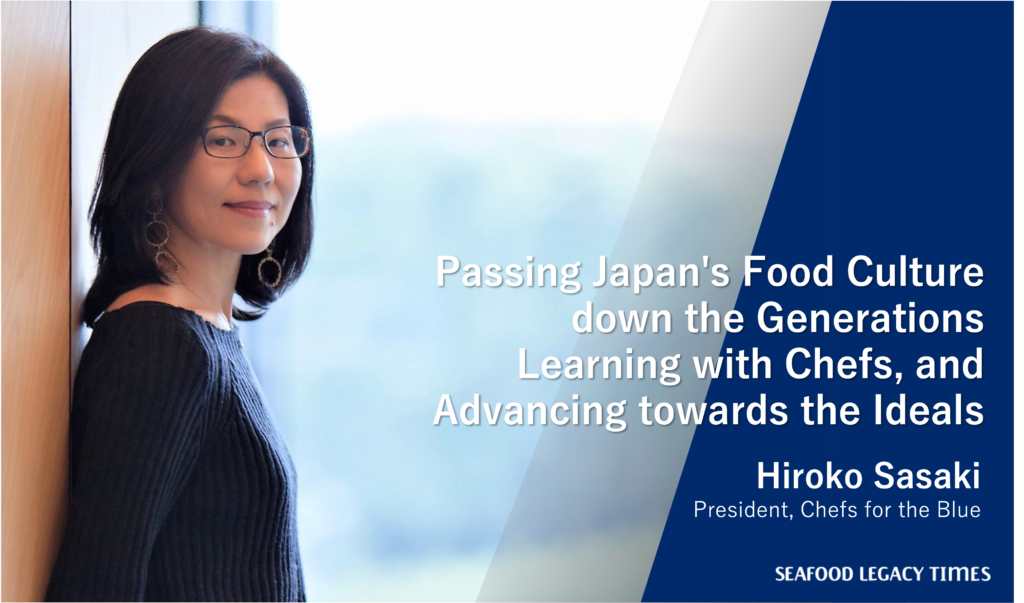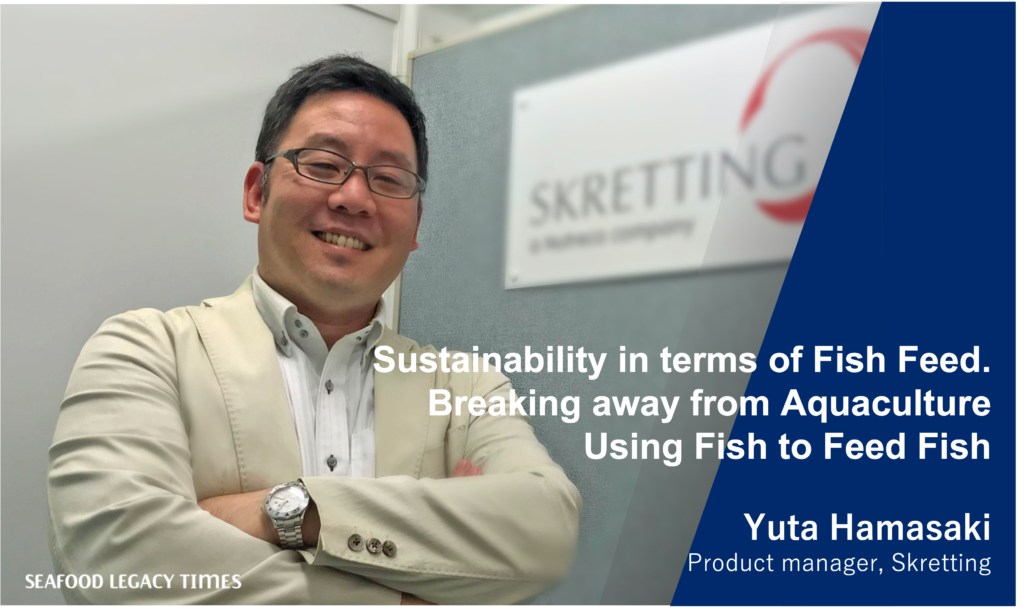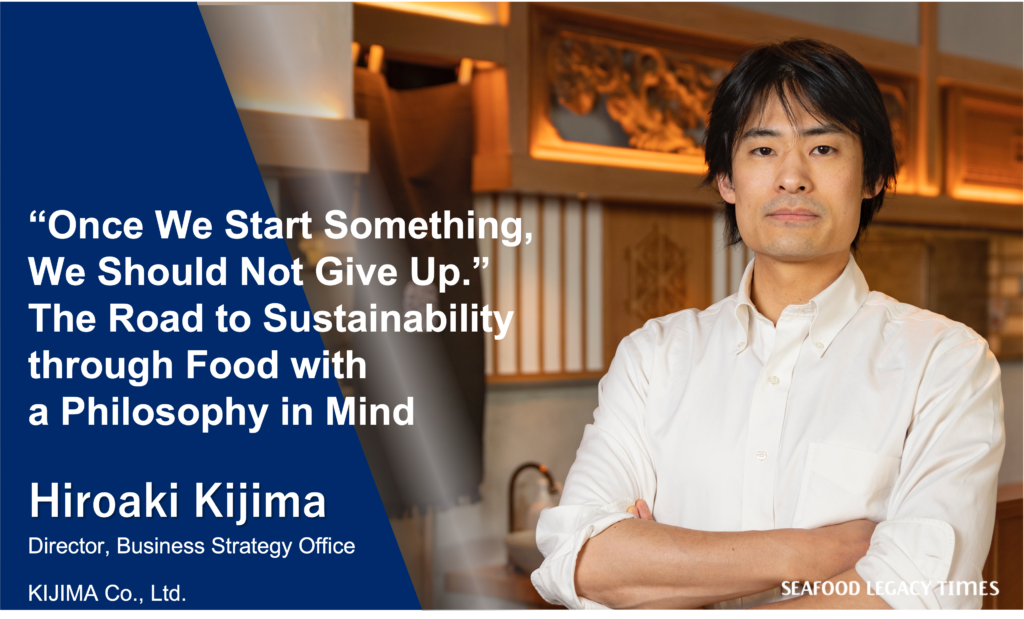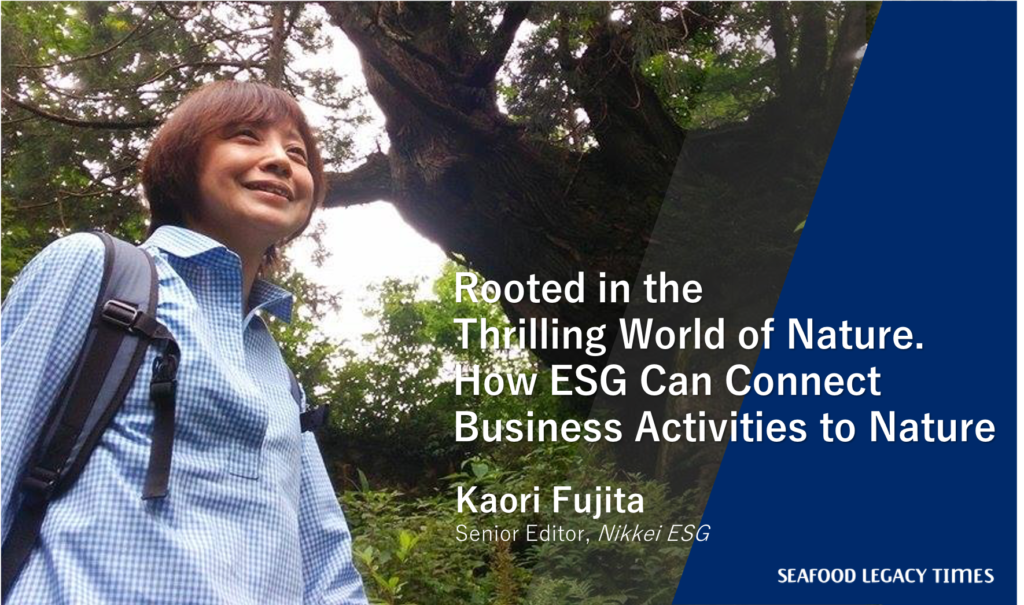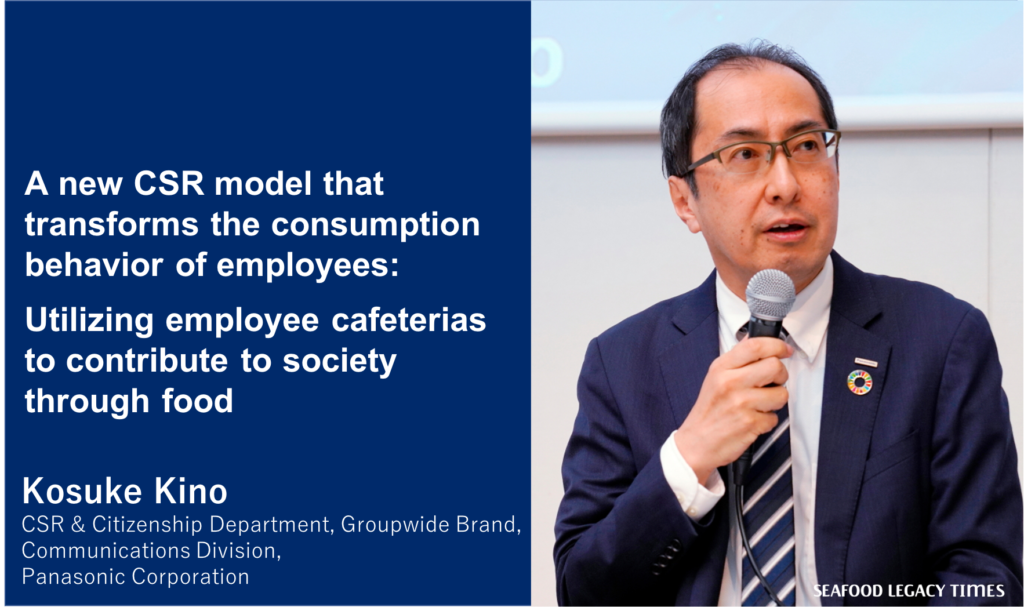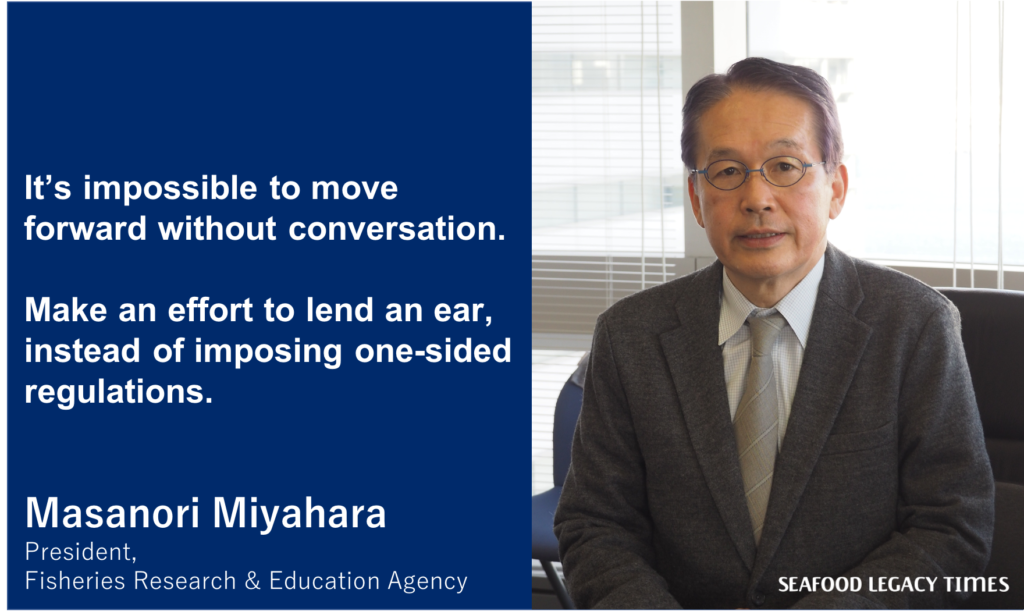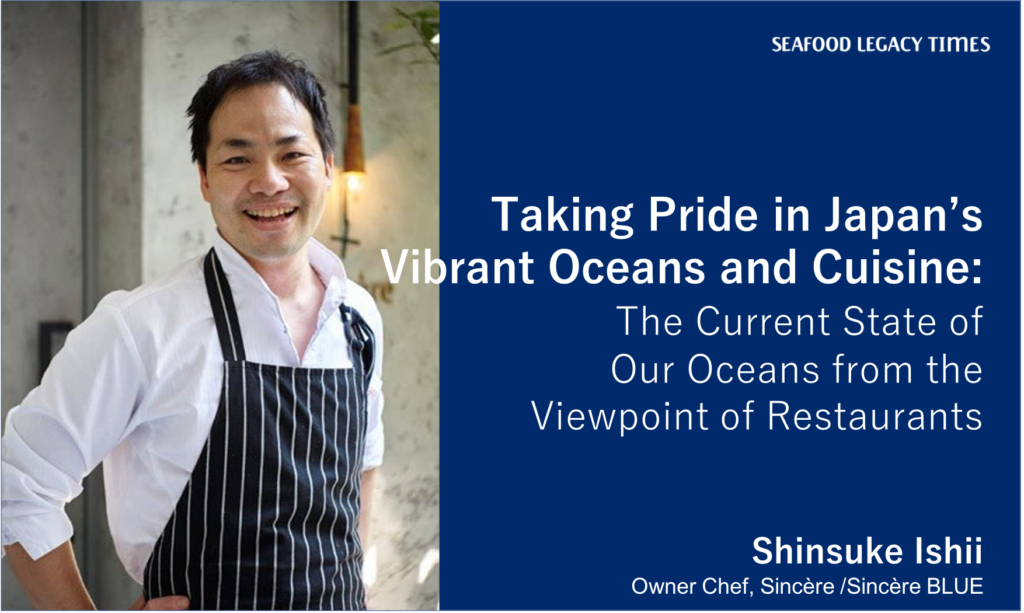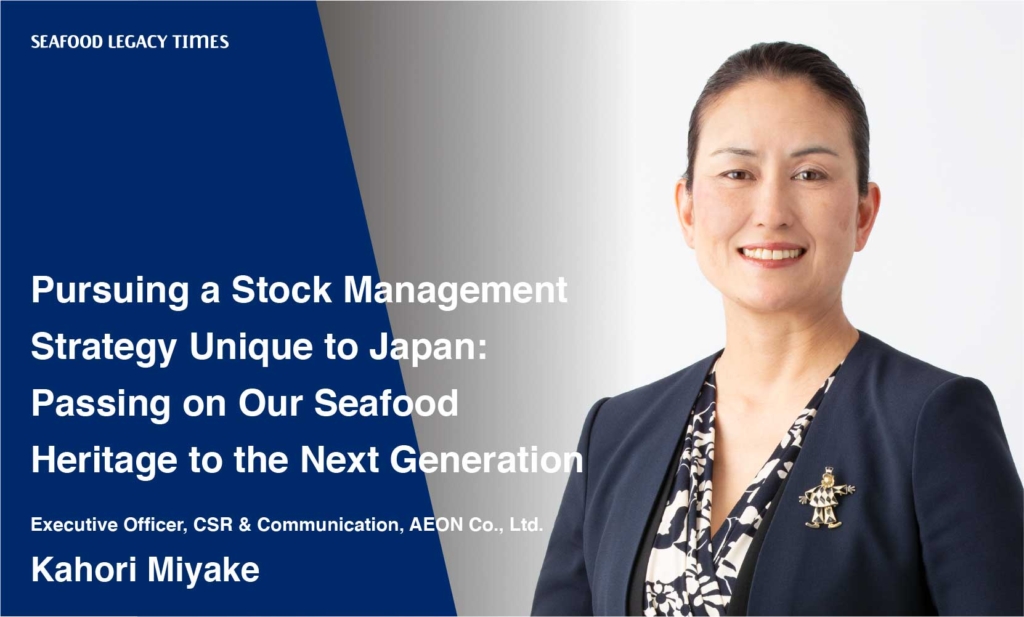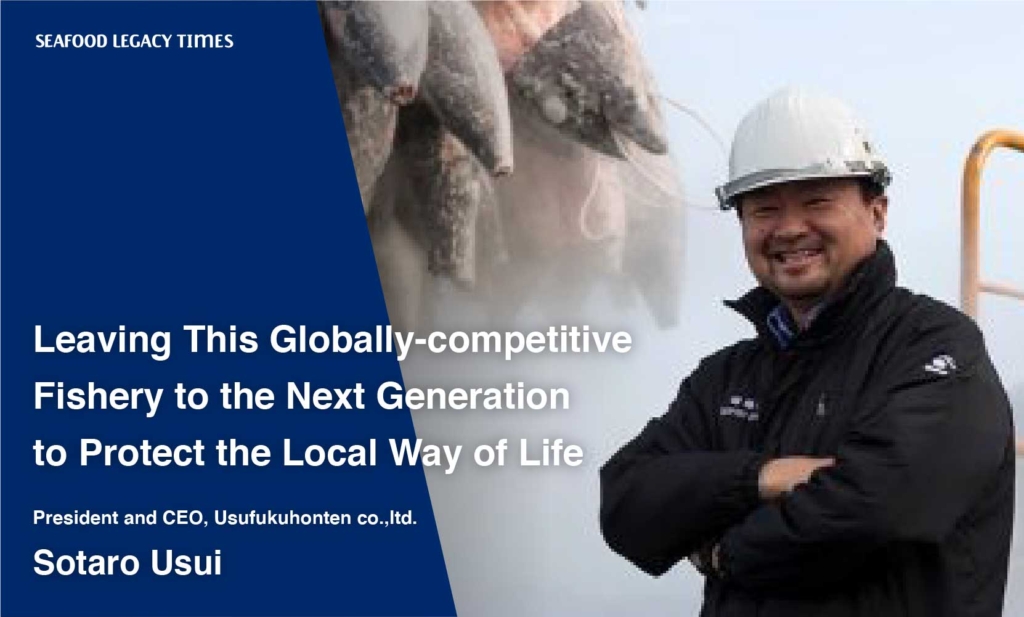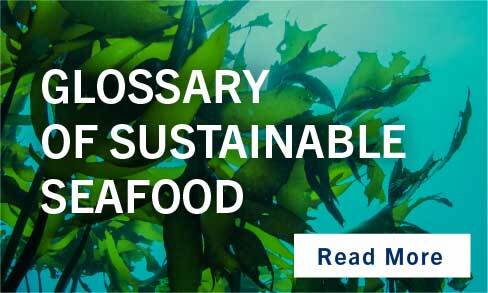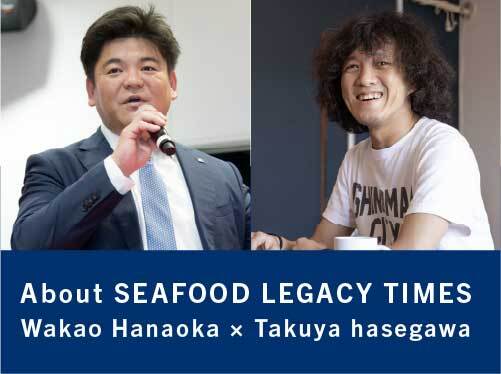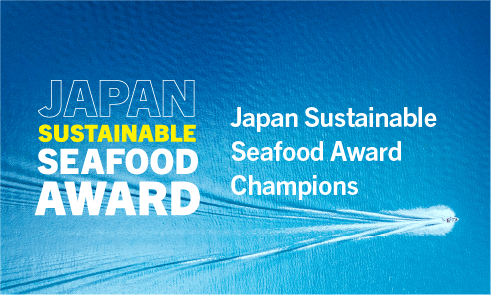

The Act on Ensuring the Proper Domestic Distribution and Importation of Specified Aquatic Animals and Plants (hereafter, “Fishery Products Distribution Act”) was promulgated in December 2020 and came into effect in December 2022.
In order to prevent the distribution of fishery products resulting from illegal, unreported, and unregulated (IUU) fishing, including poaching, this law mandates communication and recordkeeping of information among operators as well as the inclusion of a certificate upon import or export declaring that harvesting was done legally. It is the first law to impose regulation on fishery products distribution in Japan.
After the passage of the Fishery Products Distribution Act and ahead of its enforcement, Fisheries Agency Processing Industries and Marketing Division Director Maiko Igarashi supervised the formulation of cabinet and ministerial orders as well as a variety of other tasks. I asked her to discuss the difficulties leading up to enforcement and the operational status of the new system that just started.
Maiko Igarashi
Graduated from Waseda University (Faculty of Law) in 1997 and joined the Ministry of Agriculture, Forestry and Fisheries in the same year. Was assigned to the Livestock Industry Bureau, Food and Marketing Bureau, and United Nations Environment Program (UNEP) as well as the Minister’s Secretariat, International Affairs Department, and Forestry Agency before becoming the Head of the Food Culture & Market Expansion Division (Japanese Food Section) in the Food Industry Affairs Bureau. Became the Director of the Food Labeling Planning Division at the Consumer Affairs Agency in August 2019. Assumed current post in July 2021. After acquiring her Master of Laws degree(LL.M.) from Harvard Law School, she became a registered lawyer in the State of New York.
――In 2018, the Fisheries Act was revised for the first time in 70 years. Please start by telling me again about the relationship between the Fisheries Act revision and the Fishery Products Distribution Act.
From the outset, amid the long-term decline of our country’s fisheries production, the government has been implementing fisheries policy reform including revision of the Fisheries Act with the goal of properly managing fishery resources and turning our fisheries into a growth industry.
In order to regulate poached and other illegal fishery products within the fisheries policy reform package, we considered a variety of factors before the law finally took shape, starting with a conceptual discussion of the need to properly account for not only the location of catches but also distribution. We needed measures domestically to counter the increase in poaching by people who are not fishery operators, and at the same time, we needed to respond to rising demands around the world for the elimination of IUU fisheries.

Within that process, the Fishery Products Distribution Act was enacted in December 2020 with the goal of correcting the distribution of illegally harvested fishery products domestically as well as preventing the importation of fishery products originating from IUU fisheries abroad.
――I have heard that you had thought the Fishery Products Distribution Act was a good bill, but that making it actually work would be a challenge. Then, unexpectedly, you became the supervising division manager.
Yes. At the time the Fishery Products Distribution Act was being enacted, I was on assignment at the Consumer Affairs Agency, and I had the opportunity to exchange ideas on the bill as division manager overseeing the Food Labeling Act, but I never expected that I myself would later end up in charge of the process leading up to enforcement [laughs].
――Was it turbulent after you assumed office as Processing Industries and Marketing Division Manager in the summer of 2021?
It was quite hectic. The law provided a general framework, but it did not set out the particulars, so we held four planning committee bringing in a variety of stakeholders regarding the details of the system, such as how to handle covered species and, although this law has rules about communicating with catch numbers, how to actually go about that. In the process, we decided on issues like the catch numbering rules, and I consulted further with the Fisheries Policy Council regarding covered species
With the resulting report, we formulated a ministerial order laying out the details of the system in April 2022 and moved on to the law’s enforcement in December 2022.
――What kinds of things did you emphasize in the planning conferences leading up to enforcement?
We made sure to include a variety of stakeholders. We have high-level experts, and we also brought in relevant business operators like fishery operators and distributors as well as members of NGOs.
――What did you bear in mind when organizing committees as supervising division manager in order to reconcile the views of a diverse group of people?
Depending on where they stand, each person has different circumstances, including what they value and what they are concerned about, so I think it is important to listen carefully to their opinions. That is also true in the context of planning committees and I have striven to listen well in other situations as well. The people participating here had a shared goal in some sense, and ultimately, they shared the desire that fishery resources would be used sustainably and that they would not run out, so I paid close attention to that as I went forward.
Promotion of agriculture, forestry, and fisheries will not be achieved with regulatory measures alone, but here, from the viewpoint of poaching prevention and the elimination of IUU fisheries, adopting appropriate regulatory measures was the important thing in terms of the shared goals of everyone involved. If the regulations could not be implemented in the field, then no one would abide by them, and lawmaking itself would become meaningless.
――So you decided to avoid unfeasible regulations that would be impossible to implement in the field and aim for something that could be implemented.
That’s right. Unreasonably restricting the way people do business even though most of them operate legitimately from their own perspective would be getting our priorities backwards, so I proceeded from the standpoint that it is important to create appropriate regulation based on the actual conditions in the field. This is the first time that real regulation has been adopted for the distribution of fishery products themselves, so the discussions went ahead without an idea of what that would actually look like, and the regulation was just about to come down, so it really seemed like everyone had their gloves off.
――What kind of efforts did it take to get everyone to agree?
This may be a rather difficult, abstract way of putting it, but it was purely a matter of moving forward while considering how I could go about coordinating things toward a shared goal after getting a good understanding of where each person was coming from and what was behind that.
――The species covered by the Fishery Products Distribution Act include the three Specified Class I species abalone, sea cucumber, and, starting in December 2025, glass eel, and the four Specified Class II species Pacific saury, squid, mackerel, and sardine. Some people have suggested that this is too few. What kind of discussions were there regarding covered species at the planning committees?
At the planning committee, we discussed the need to designate covered species from the viewpoint of both regulatory need and in-the-field practicability. Based on that, criteria were established in order to guarantee the transparency of designation, and we proceeded to designate species fulfilling those designation criteria. Rather than a question of how big the number would be, it was a matter of making sure that species meeting the designation criteria were covered.
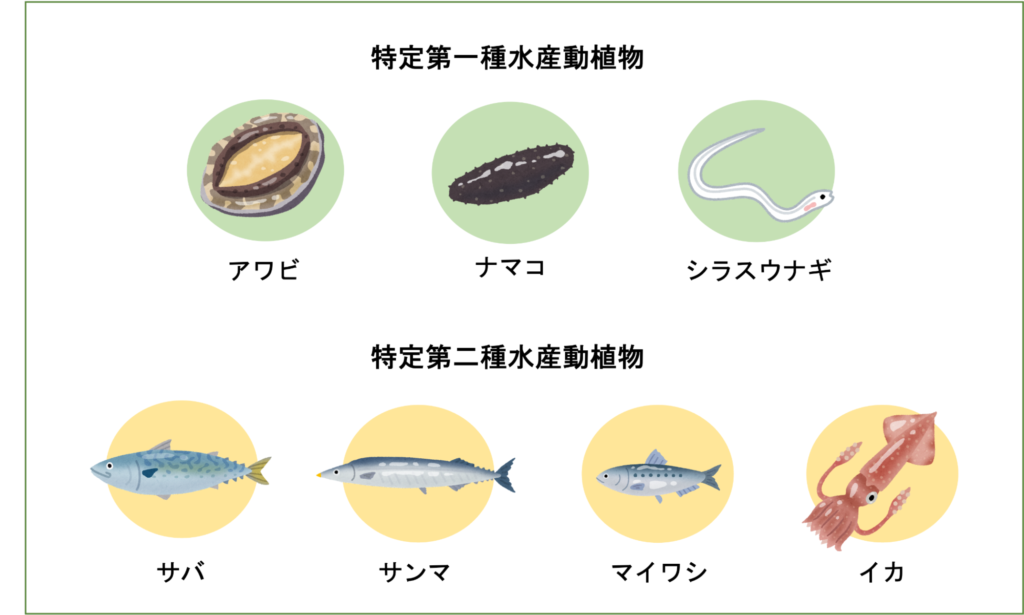 Species covered by regulation under enforcement of Fishery Products Distribution Act (Figure source: Seafood Legacy)
Species covered by regulation under enforcement of Fishery Products Distribution Act (Figure source: Seafood Legacy)
In the planning committee, several people pointed out that practicability was particularly important, and we decided to make designations from among the higher priority ones that met the criteria, resulting in the currently covered species. On the other hand, a planning committee member from an NGO did express the view that we should perhaps consider expansion.
――There are similar opinions at Seafood Legacy TImes have also suggested that the number subject to more regulation should be increased as there are various problems such as, for example, origin falsification of Manila clams and unreported catching of Pacific bluefin tuna.
Origin falsification of Manila clams is really a Food Labeling Act issue, and the Fishery Products Distribution Act does not regulate food labeling. Regarding Pacific bluefin tuna as well, first there is a question of how you make sure that people comply with catch sizes stipulated on the basis of the Fisheries Act, and then it is a matter of how you take care of distribution. It seems to me that the debate becomes rather confused when it comes to those kinds of suggestions.
People who do legitimate business are fundamentally “free” to operate as they see fit, so imposing regulations on them cannot be taken lightly. That means you have to proceed carefully while taking the actual circumstances into account. Some may feel that too few species are covered, but this is the first time fishery products distribution in Japan has been regulated, and it has not even been six months since enforcement began, so it is important to first make the newly decided rules work properly.
While some people have been calling for revision since before the law went into effect as well as in the few months since enforcement began, that is rather premature in all honesty.
――There are certainly far more kinds of fish distributed in Japan than in Europe or the US, so I can imagine that rapidly expanding the covered species would be difficult, but how do you think the number of covered species should be increased in the future?
Designation of covered species must not be arbitrary, and again, we have designation criteria, which means that species meeting those criteria are covered. In any case, the covered species are set to be checked and revised every two years or so. I think it is important to first look at the operational status of the system that just started and take that into account. Moreover, I believe it would be best to proceed with our deliberations as we did the first time, that is, by carefully listening to everyone’s views as we consider whether the current designation criteria are appropriate in the first place, taking the views of a variety of stakeholders into account.
――Was it difficult spreading awareness among the people concerned in order to introduce the new system?
Since January 2022, we have been providing thorough briefings to prefectural governments as well as fishing industry associations, dealers, and the like, and also to embassies in Japan and government officials from foreign countries regarding import regulations.
 Ms. Igarashi attending information session to publicize new system based on Fishery Products Distribution Act (Photo source: Fisheries Agency)
Ms. Igarashi attending information session to publicize new system based on Fishery Products Distribution Act (Photo source: Fisheries Agency)
We held about 200 such information sessions to ensure that people understood the meaning and structure of this system as well as to secure their cooperation, and there was no major confusion, so it seems like we got off to a pretty good start.
――Although it has only just begun, is awareness continuing to spread smoothly in the field?
The inclusion of a Legal Catch Certificate verified by the Japanese government when exporting Specified Class I fishery products from Japan was made mandatory, but we received an enormous number of issuance applications within a month, about 500. If the issuance of a certificate is delayed, export becomes impossible, and since it is food, it could end up going bad depending on the case. We therefore face the challenge of greatly increasing our staff in that area.
――With regard to Specified Class I, assignment and communication of catch numbers were introduced for domestic distribution. Is the digitalization of the communication system also moving forward?
It is not written in the law that communication must be digital, and actually, many of the businesses, such as small wholesalers, are run by older men and women, so I do not think it would be realistic to require digital communication from them.
Of course, in thinking about the future it will be necessary to proceed with digitalization, so although it will not be compulsory, we will make sure it is easy to use for people who want to do so by creating a digitized communication system as well as by facilitating digital usage, in a slightly modified form, of systems that have already been introduced by fishery cooperatives as well as providing the relevant support.
――So, coverage of young eels under Class I is set to start in two years.
Yes. Young eels are rather different from the usual distribution model, so we need to put things in a form that lines up with that. Also, considering that a different law applies to the distribution of adult eels after they have been raised from young eels, circumstances are a bit different from other species, so we will be working out the details in the future.
Original Japanese text: Chiho Iuchi




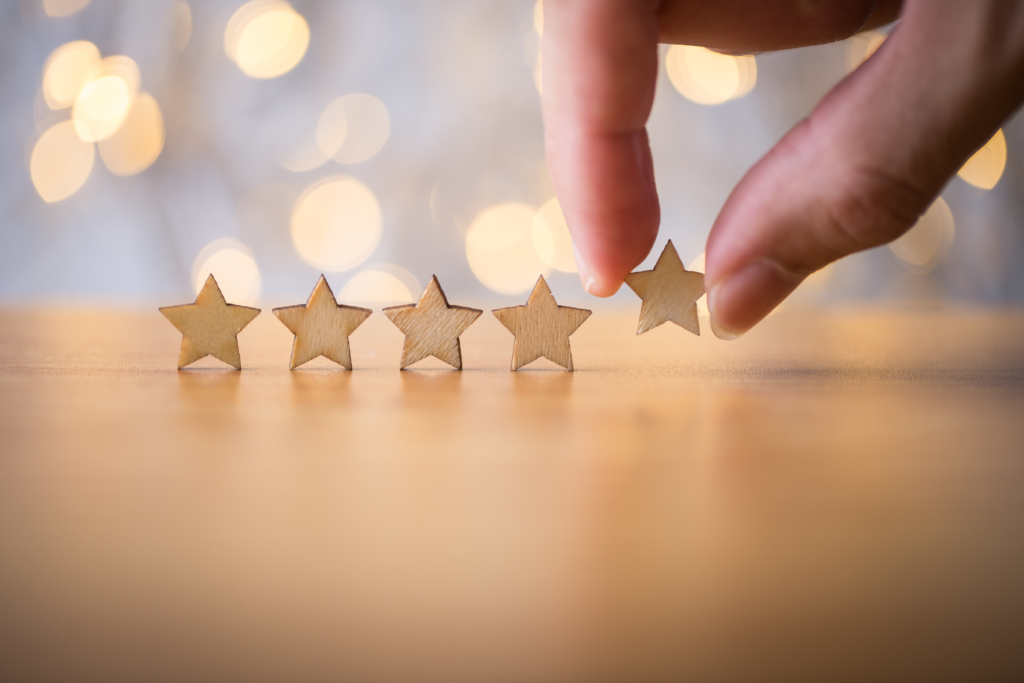





-1024x606.png)


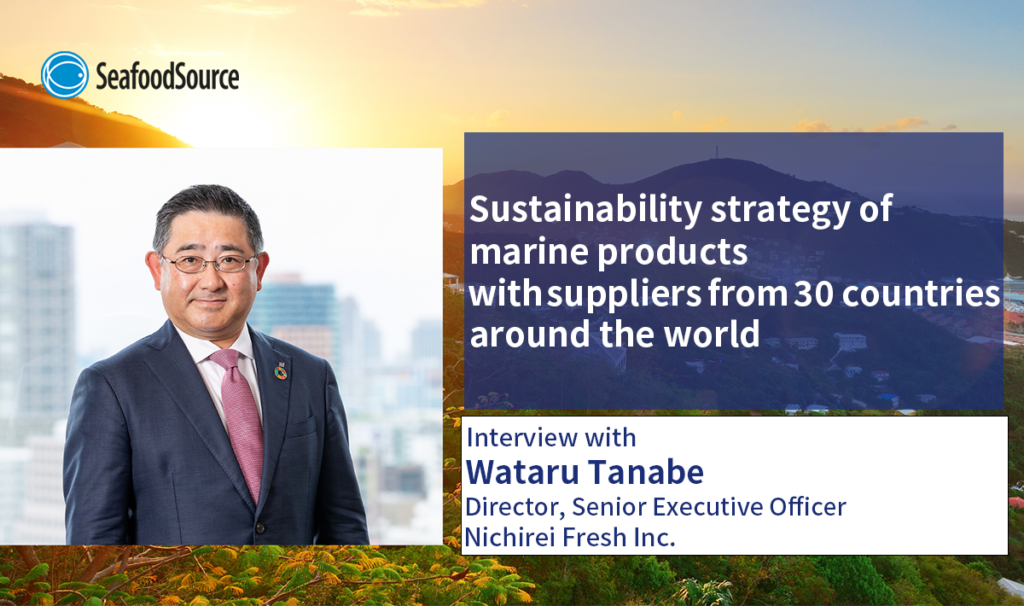
_-1024x606.png)

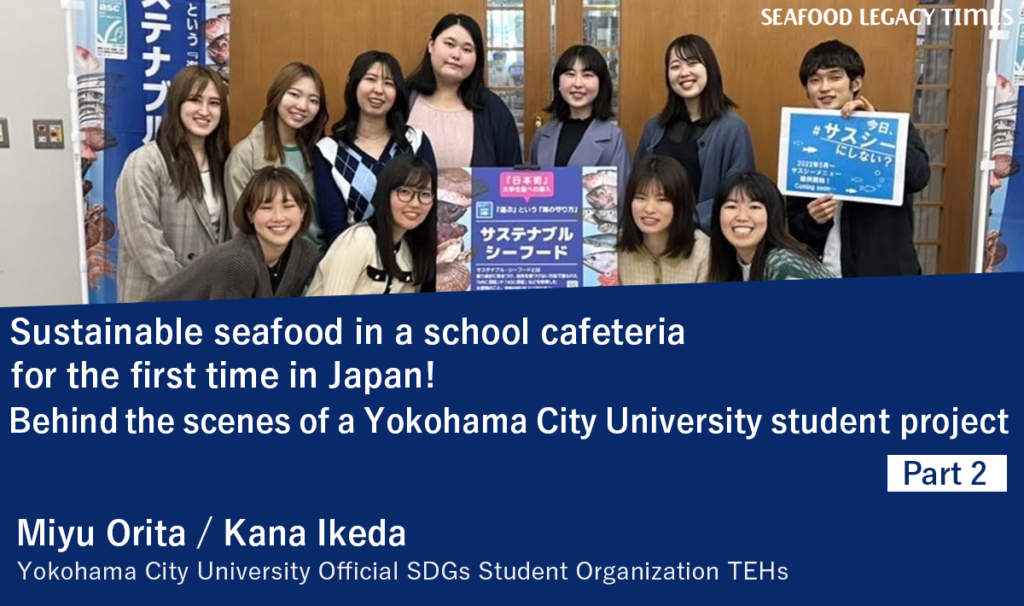
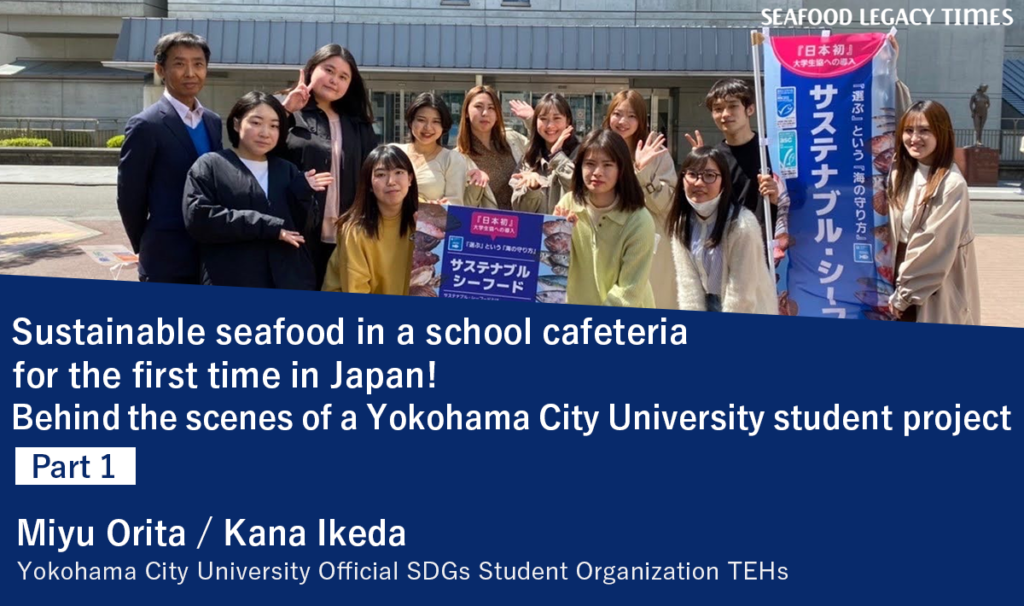
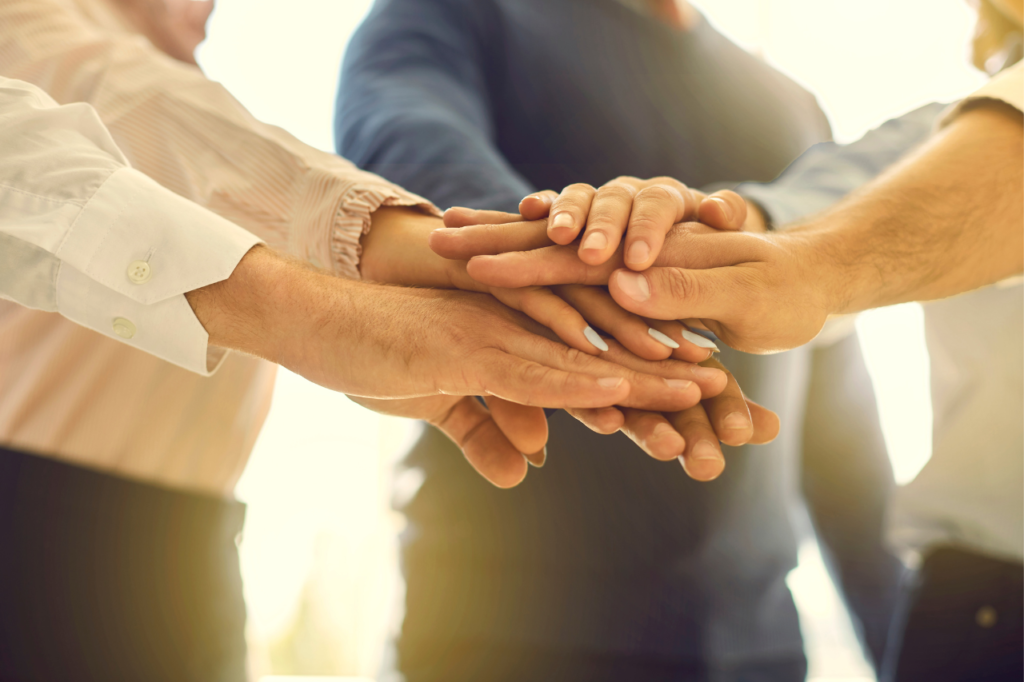



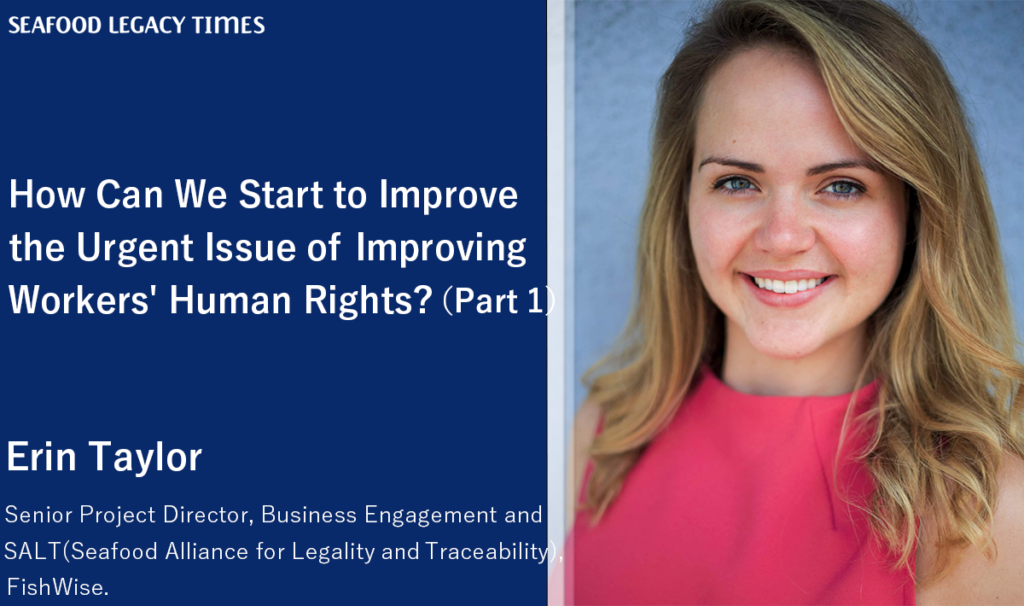
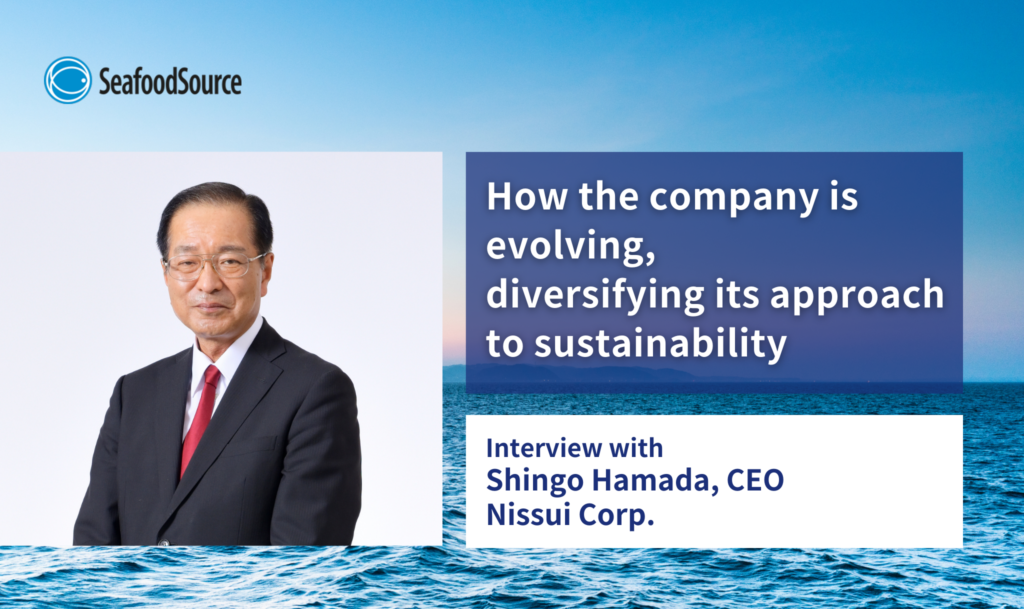




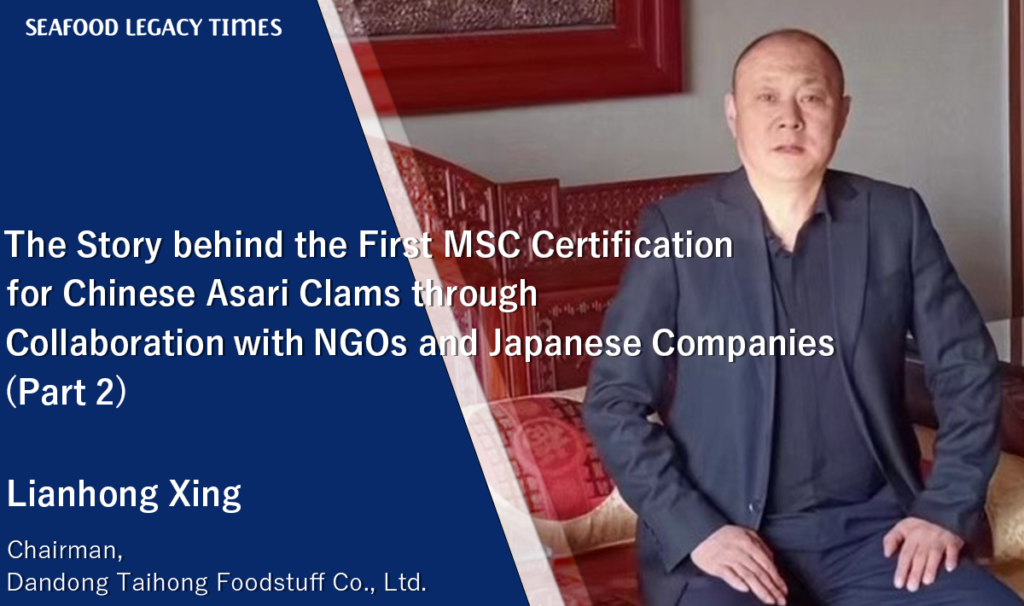
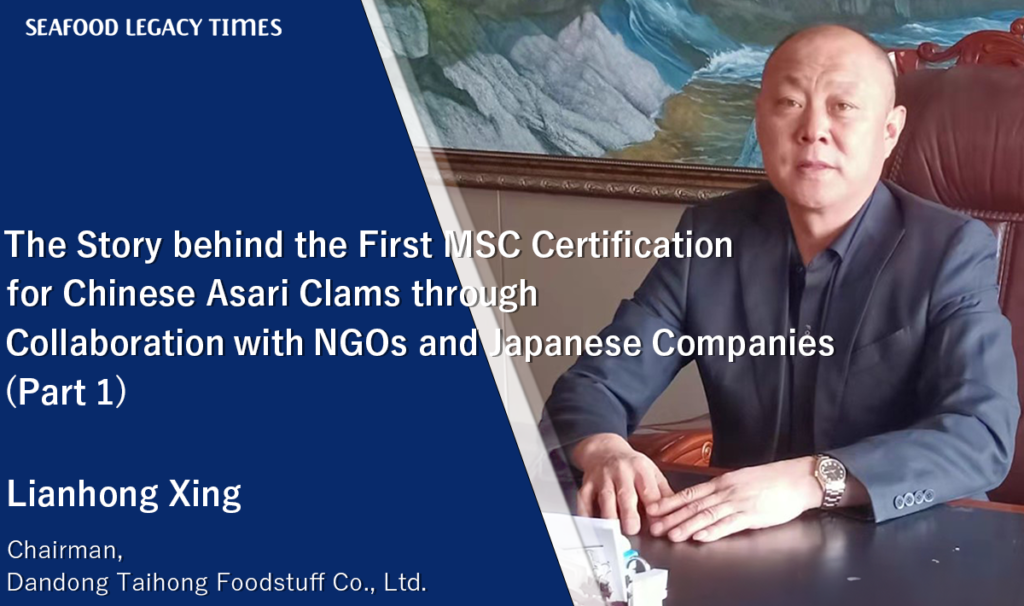

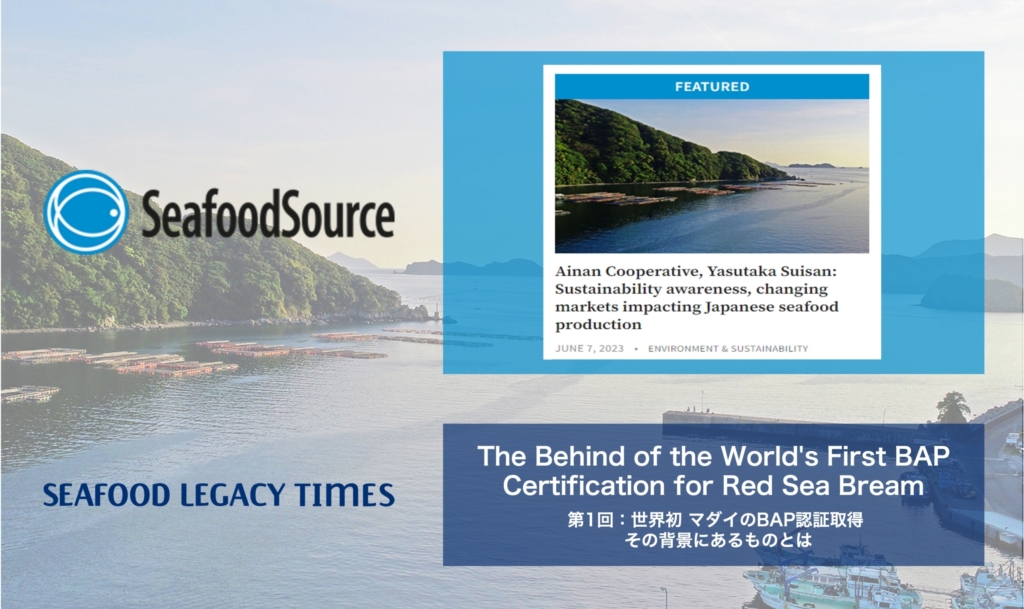

1_修正524-1024x606.png)










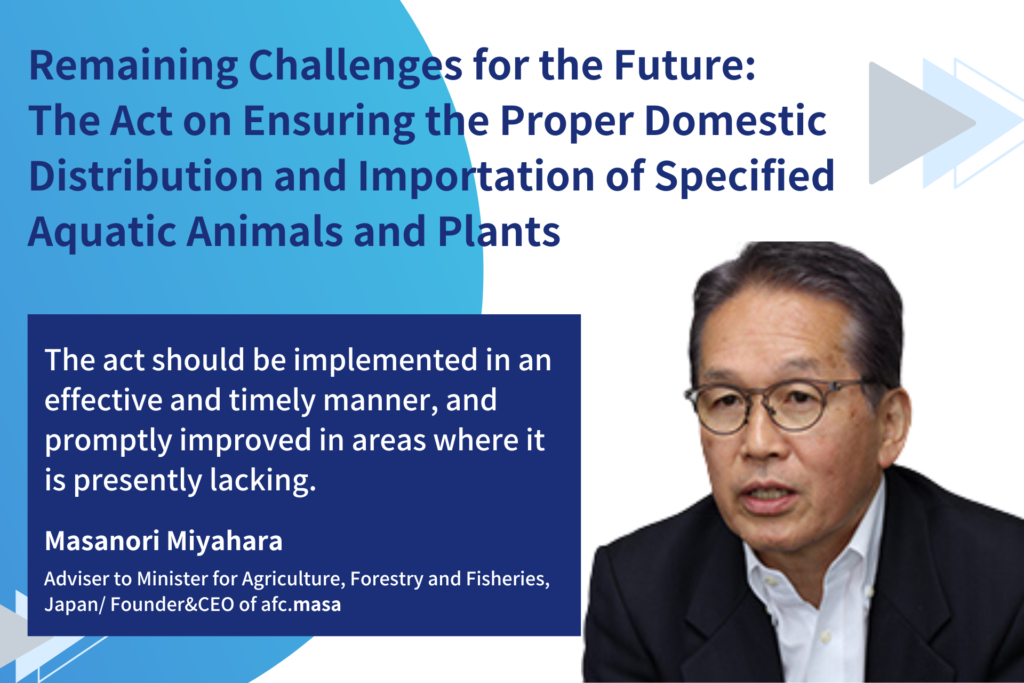
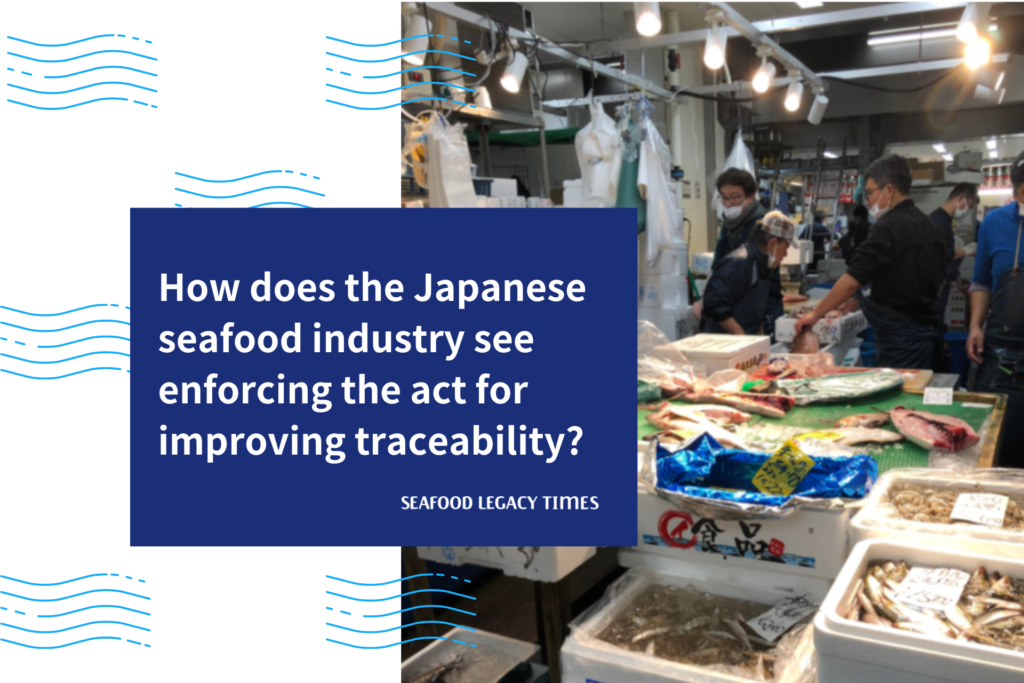



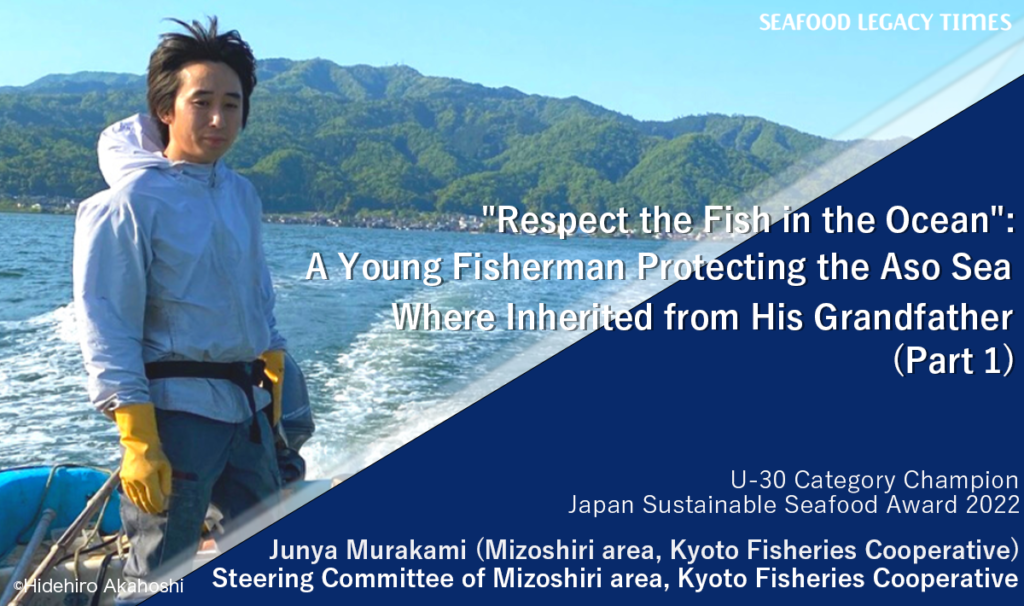
.2-1024x606.png)
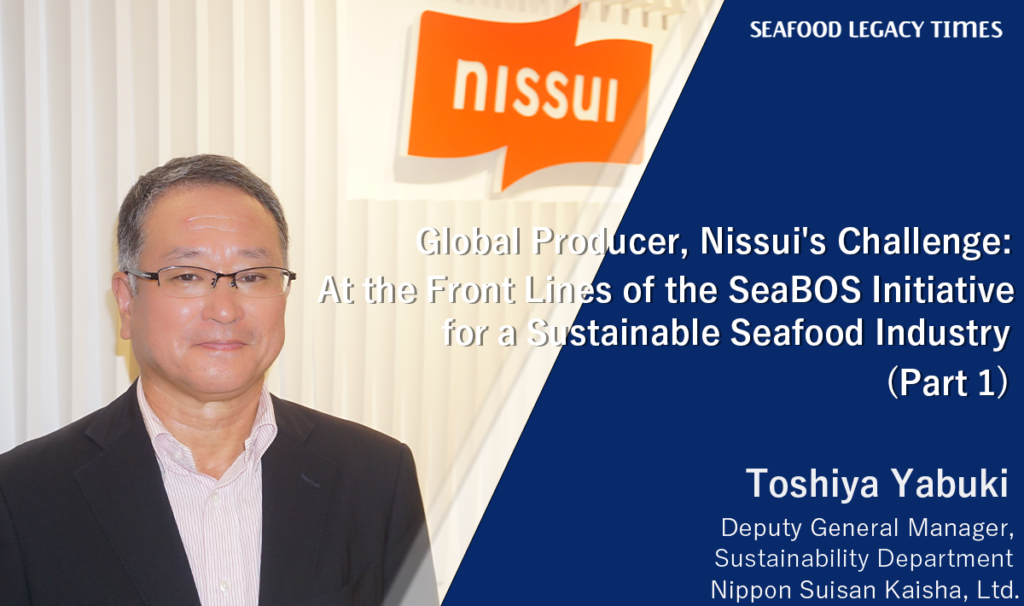
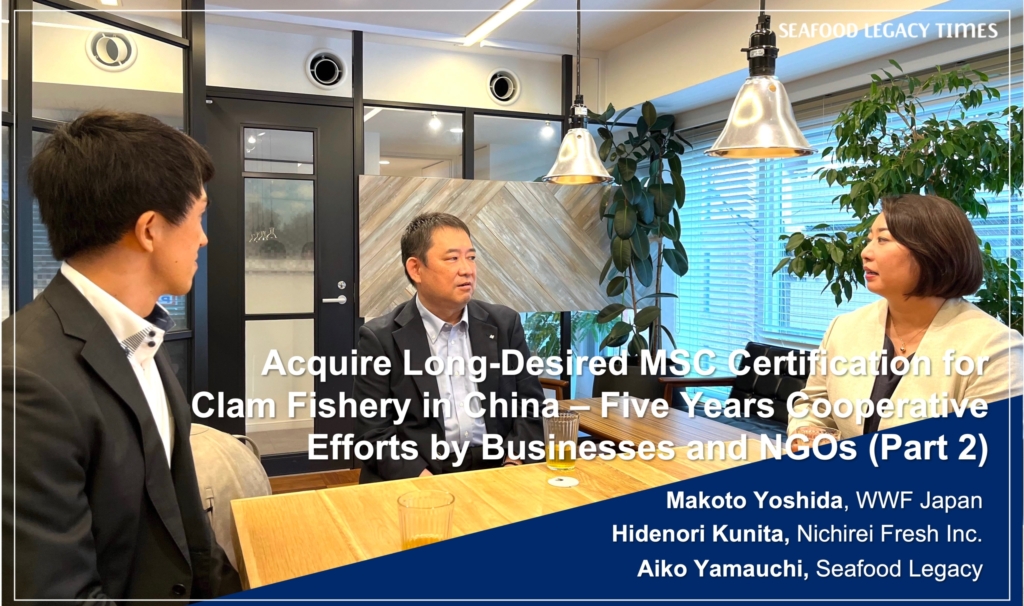
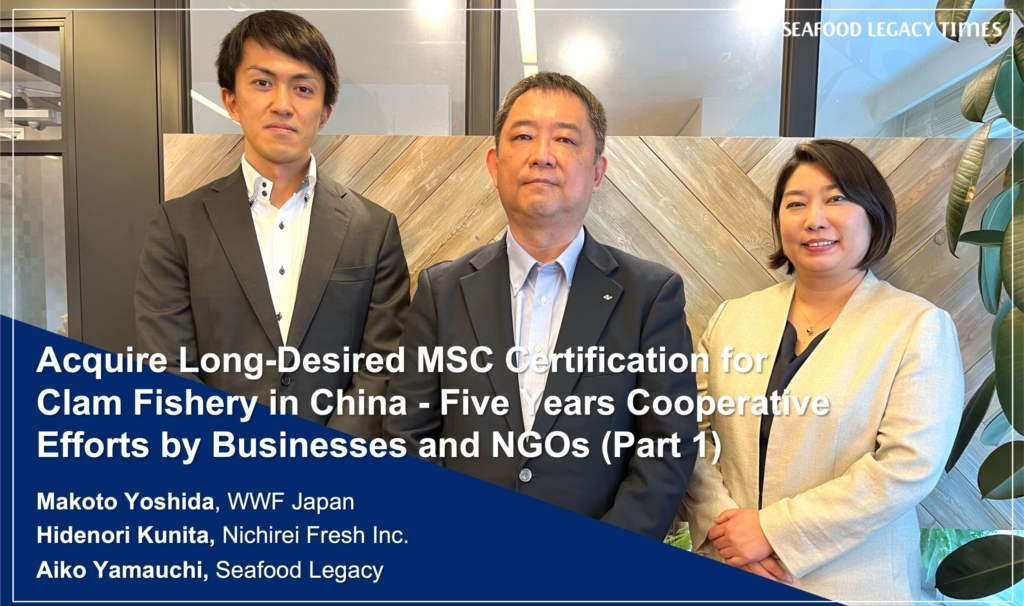






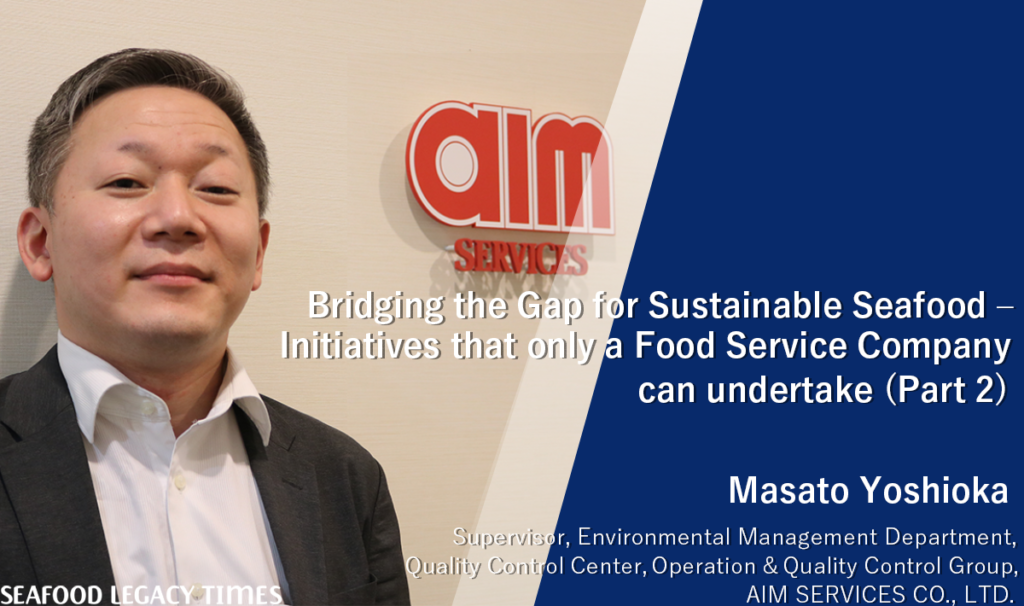
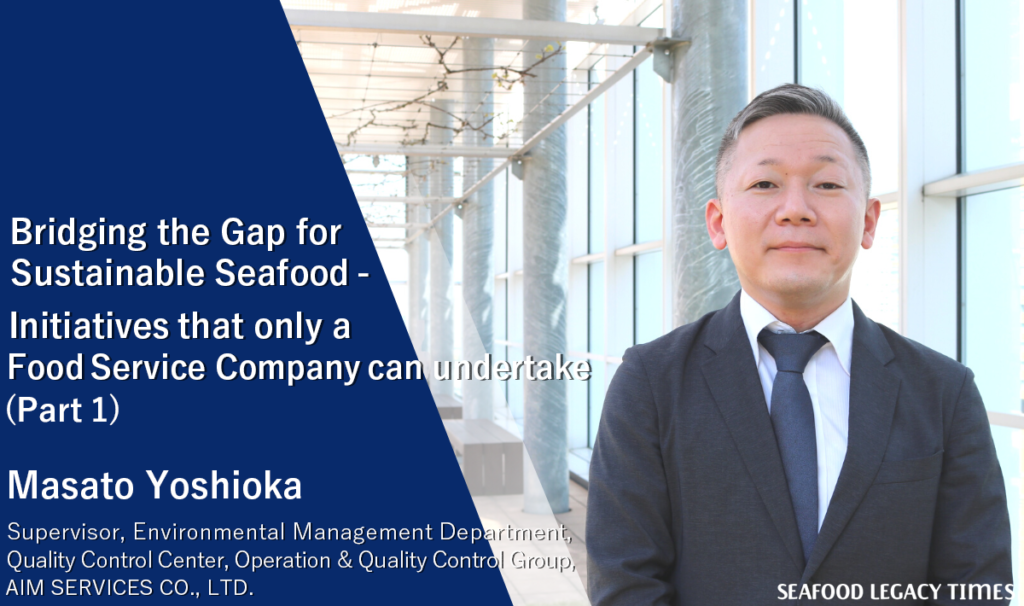
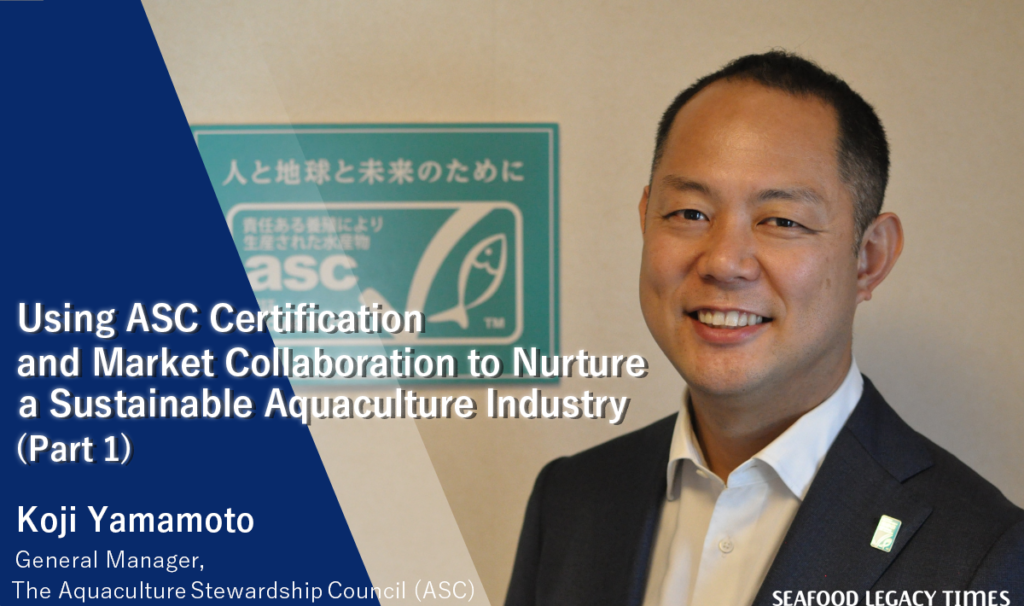
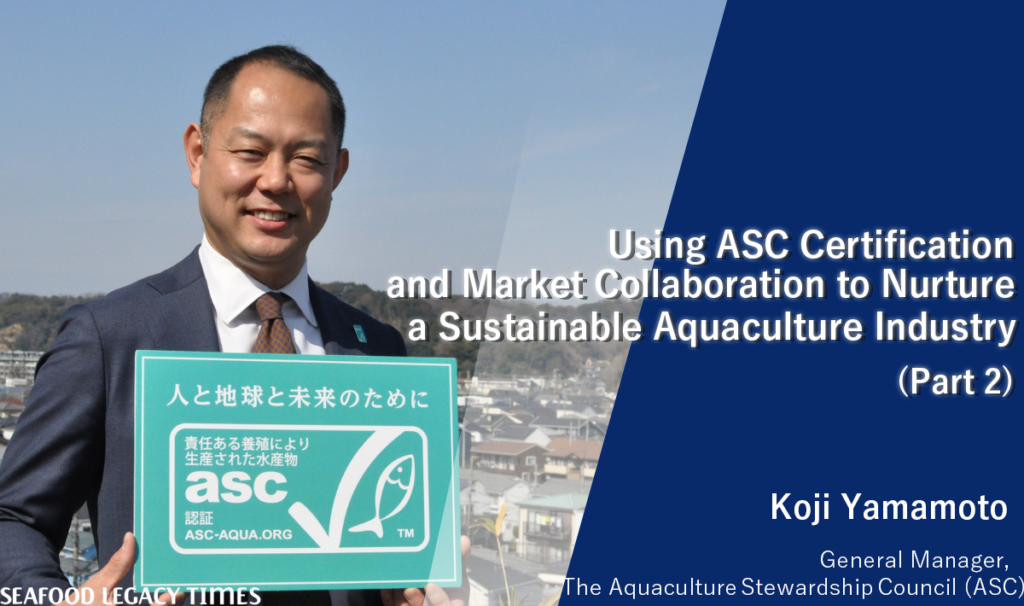
2-1024x606.png)
-1-1024x606.png)
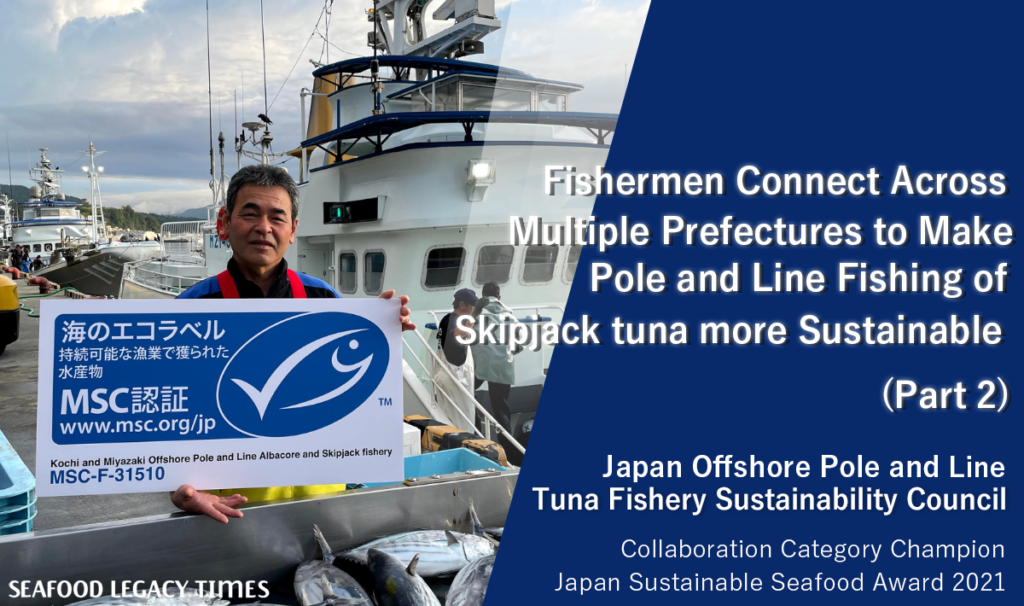
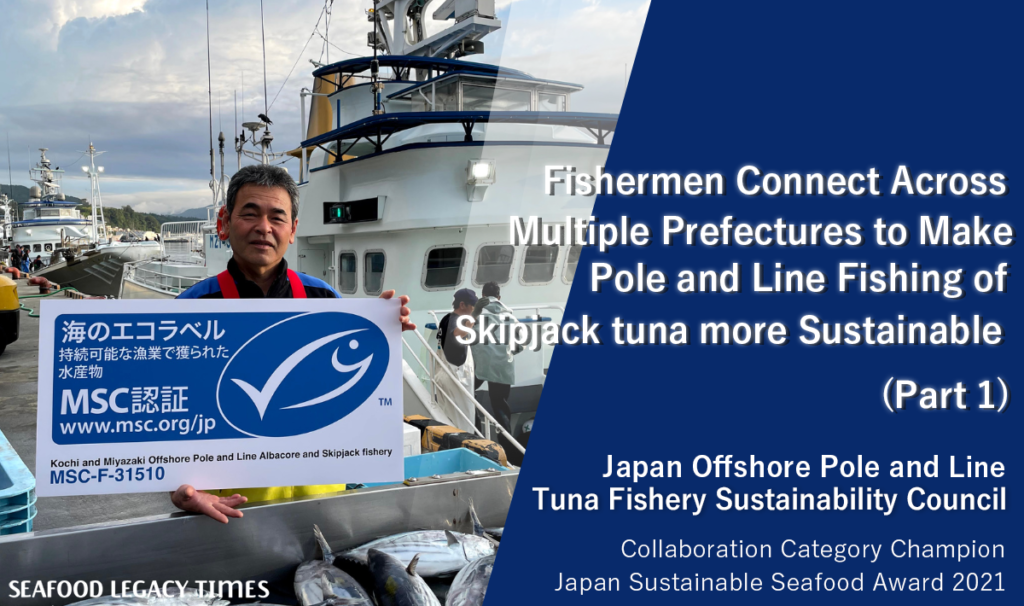
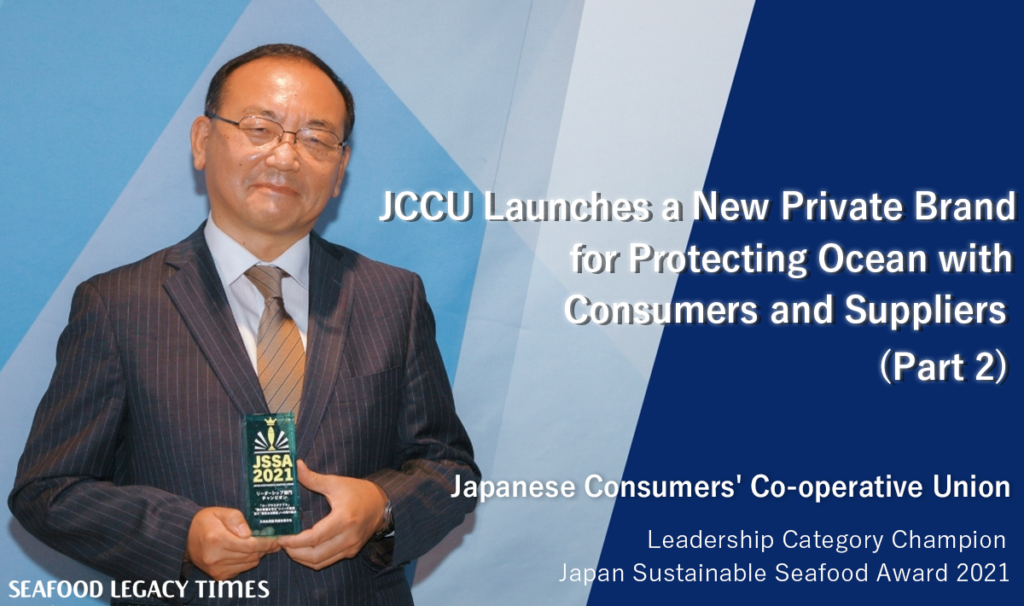
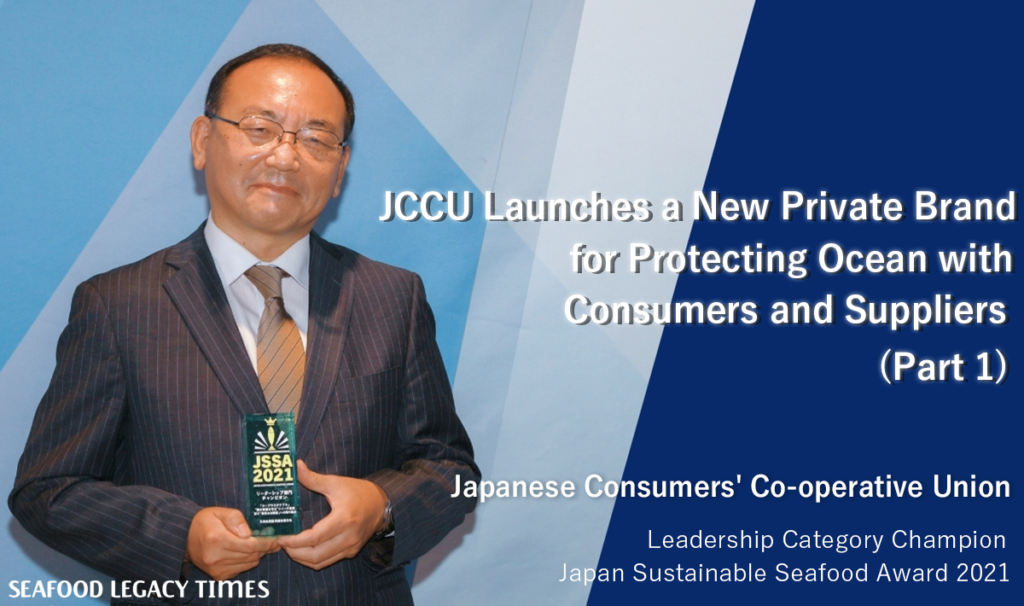
Part2-1024x606.png)
Part1-1024x606.png)
